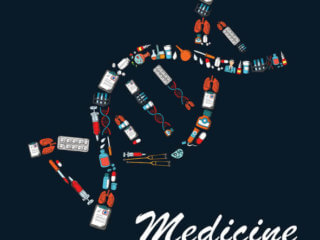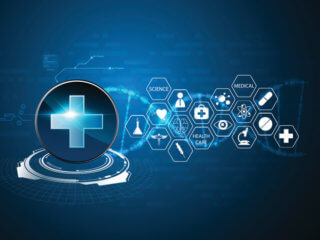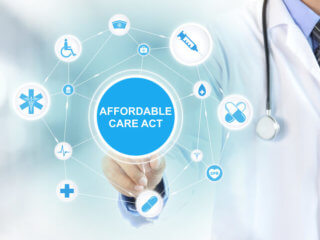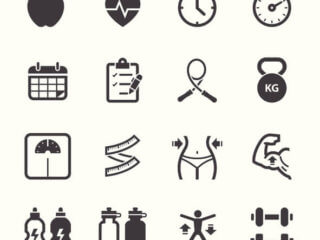Global health spending to treat diabetes and manage complications totaled at least $548 Billion in 2013. In the United States alone, non-adherence is estimated to cost the health care system between $100 Billion and $289 Billion per annum. It is the need of the hour to close the gap between the physical product and software medical services to reduce the health care costs. SAP has also partnered with Roche Diagnostics to use this approach in tackling type 2 diabetes by developing health prevention programs.
Companies have started developing health prevention programs to create a patient-centric health care system. The products developed continuously engage with patients to drive behavioral change and motivate them to lead a healthy lifestyle.
SAP HealthLink supports patients to change their lifestyle by mirroring their behavior and to adhere to their therapy regime by connecting them with their physician. The physician involvement along with the digital application is the anchor point of this system. The health prevention programs start with the doctor diagnosing a patient from the symptoms and asking the patient to keep track of his or her health data using some mobile application. The physician analyzes health outcome data and modifies the prescription accordingly. Continued patient-physician engagement will lead to better health care system and reduce the costs in the long run.
| Recommended for you | |
| Digital prevention needs a dialogue between doctors and IT professionals | |
| 13 Themes of preventive health care | |
| Preventive health care is the solution and vision for future |
Building these type of products, help pharmaceutical, and life sciences companies to offer digital services beyond the pill by making use of real-life data to establish models based on health outcome. They help physicians to improve practice efficiency by sending notifications of potential risks to the patients, directly on their mobile without having to meet in person. Prevention programs lead to lower future claims for insurance companies. They can also develop personalized, lifestyle based policies for their customers.
HealthLink is a centralized place for the users to collect data such as footsteps count, blood glucose level, blood pressure and abdominal girth. Different type of sensors and measurement devices develop as a part of IoT revolution can help in recording these health parameters. Users can interact with their physician on the application and is a customized service for each patient. Developers have also exploited gamification to motivate users to work on their healthier lifestyle.
One of the major challenge faced by health prevention programs apps is the secure transfer of data. The app gathers personal, health data of the users. Thus, it becomes highly important to handle the data in a safe environment without releasing it to other third parties.
Another challenges encountered is to make patients stick to a particular prevention program. The application continuously records patient’s behavior history and directly involves the physician if the patient is not making optimum use of the program.
Recent technology advances and market dynamics have set the stage for an overdue transformation — creating a new approach, where people have the tools and information needed to take charge and make healthier personal choices and also empowering physicians to analyze data for positive outcomes and giving guidance to the patients.
| Who uses prevention programs? | Why use these programs? | Data collected by the applications |
|---|---|---|
| Patients Physician |
Continuous engagement with the physician Analyzing health data to predict outcomes and give guidance to patients |
Number of steps Blood glucose level Blood Pressure Abdominal Girth |
Speaker: Axel Fasse, SAP AG
Video URL: https://www.youtube.com/watch?v=dyvsCgKI5Iw&index=33&list=PL98iSagl_rnLG0GhJpYBZI0mdyii3R6Qj
Upload Date: 4th December 2015
Video code: RS181115 06
Image credit: www.istockphoto.com

















